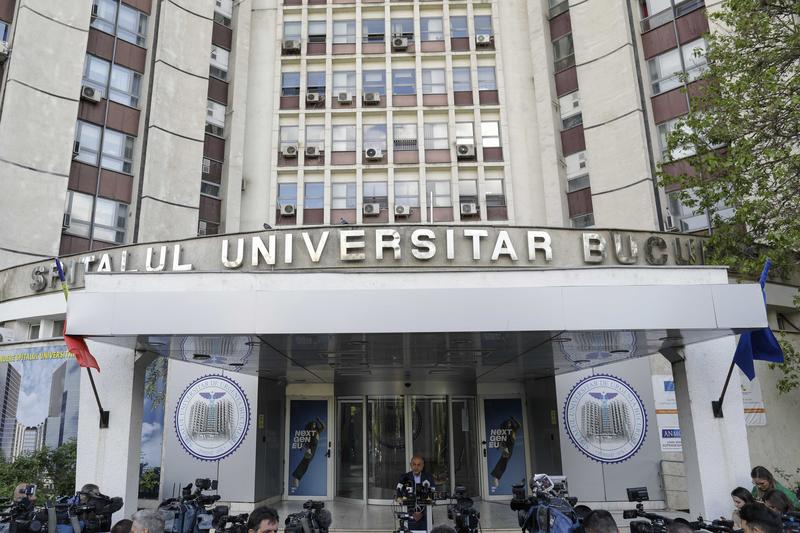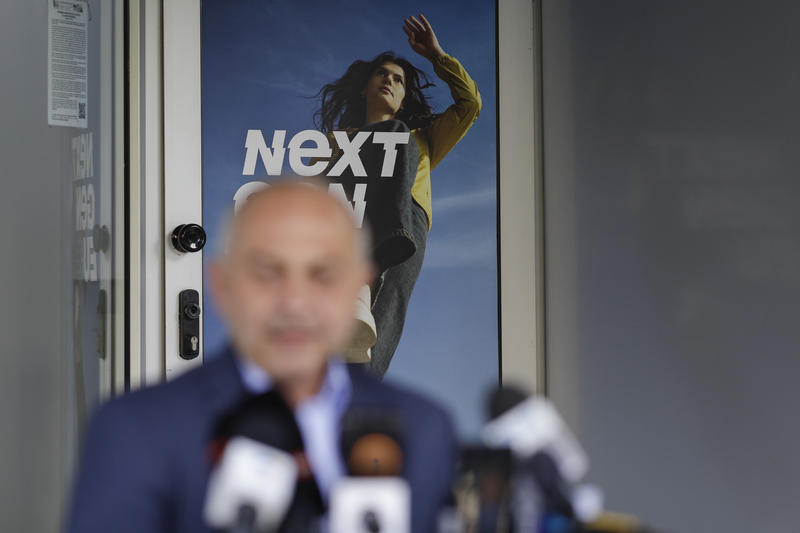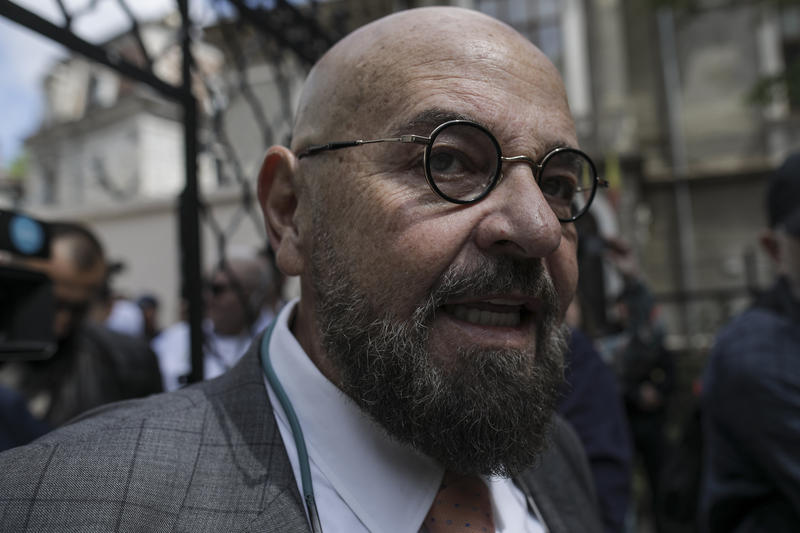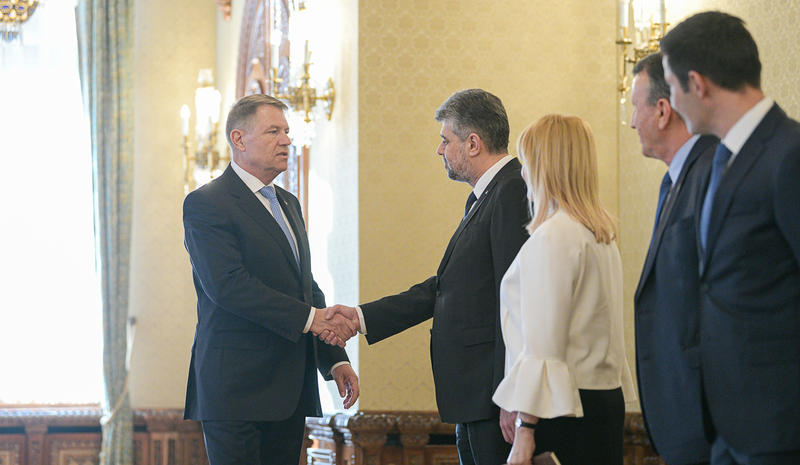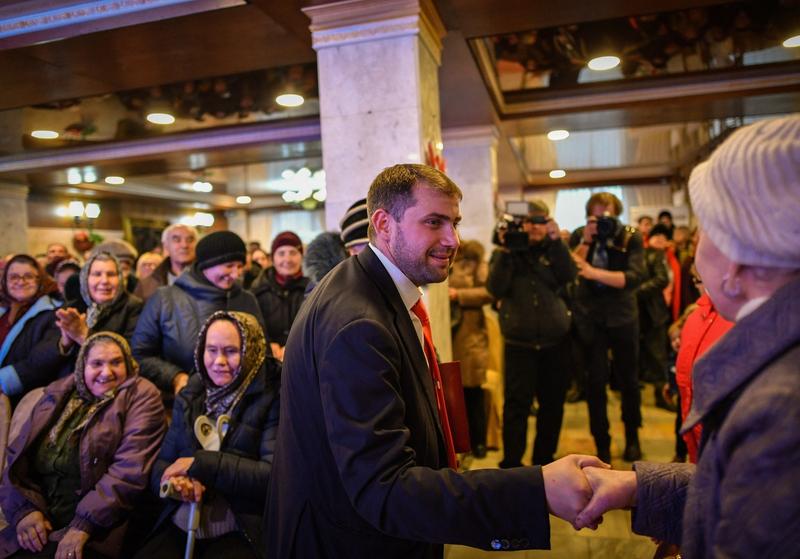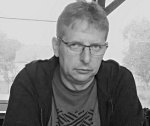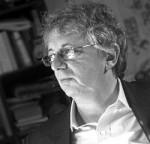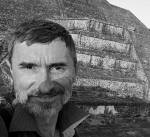Dincolo de titlul care starneste curiozitatea - si chiar pofta, prin referirile sale culinare -, veti intreba ce are de spus Suedia in acesta lume care se hraneste din realitatea si se adreseaza imaginarului, cea a operelor literare.
Ei bine, ea nu are aceeasi siguranta batatorita de reusite ale unor culturi precum cele franceze, englezesti sau rusesti, dar veti fi surprinsi sa descoperiti ca glasul ei poate fi destul de puternic si aducator de placeri literare. Una dintre cele mai reprezentative figuri pentru cultura contemporana suedeza este scriitorul Torgny Lindgren, devenit membru al Academiei Suedeze in decembrie 1991. «Caltabosul», asternut pe hartie in 2002, este cea mai noua dintre cartile sale, o poveste care, pe alocuri, are accente de «Jurnalul lui Tetelu», combinate cu imagini rupte parca din emisiunea «D-ale lu’ Mitica».
De altfel, personajul principal, naratorul, cel prin ochii caruia cunoastem Suedia anului 1947, cand zone intregi ale tarii au fost lovite de o boala deosebit de grava atunci, tuberculoza, este cu totul aparte. Imaginati-va un domn activ, in varsta de 106 ani, scriind la un fel de jurnal personal, pe care el si-l imagineaza publicat.
Dilemele omului sunt simple si oarecum simpliste si au legatura stricta cu lumea sa. Iar in lumea sa, «caltabosul» este simbolul perfectiunii, acel lucru catre tinzi orice ar fi si care nu trebuie sa se modifice fiindca iti dezaxeaza viata.
De ce caltabosul explica unul dintre personajele feminine ale povestii, o doamna care vorbeste cu pasiune despre cat de greu e sa faci un caltabos «ca la carte». Asa ca, daca romanul in sine nu va va multumi, trebuie sa-i recunoasteti macar o realizare: aceea a crearii unei metafore remarcabile, cea a caltabosului ca semn al perfectiunii. Neasteptata, imprevizibila, superba figura de stil.
Lindgren a mai scris «Drumul sarpelui pe stanca» (1982), «Frumusetea lui Merab» (1983), «Batseba» (1984), «Legende» (1986), «Lumina» (1987) si «Miere de bondari» (1995). Nici unul dintre romanele sale nu a trecut neobservat, fiind rasplatit cu diverse distinctii.
CINE ESTE TORGNY LINDGREN?
Torgny Lindgren, born 16 June 1938 in Raggsjö (Västerbotten). Writer. He was elected to the Swedish Academy on 28 February 1991 and admitted on 20 December 1991. Lindgren succeeded the linguist Ture Johannisson to Chair number 9.
He was awarded the 1983 Litteraturfrämjandet (‘Society for the Promotion of Literature’) Great Novel Prize for Ormens väg pa hälleberget (‘The snake’s path on the rock’), the 1984 Aniara Prize for Merabs skönhet (‘Merab’s beauty’), the August Prize in 1995 for Hummelhonung (‘Bumble-bee honey’), the Gerard Bonnier Prize in 1999 and the Selma Lagerlöf Literature Prize in 2000.
Lindgren early left his Non-conformist home district in Västerbotten in the north of Sweden and made his way to Smaland in the south, where he became a teacher.
After his debut with the verse collection Platsaxen, hjärtats instrument (1965; ‘Plate shears, the heart’s instrument’) he changed direction towards his Smaland surroundings and in 1970 wrote Dikter from Vimmerby (‘Poems from Vimmerby’), on-the-spot accounts from a coolly religious small town where everyone believes they know everyone else and class antagonisms are pedantically swept under the
carpet. This was the start of Lindgren’s ideologically aware 1970s with its contemporary orientation. At the time he was an active but critical member of the Social Democratic party.
The following year, 1971, the searching role verse collection Hur skulle det vara om man vore Olof Palme? (‘What would it be like to be Olof Palme?’) appeared. Here Torgny Lindgren entered into the prime minister, making him into a restless, searching consciousness, "one of the last significant preachers".
During the first half of the decade there followed a series of contemporary satires from the world of school and politics.
The collection of short stories Skolbagateller medan jag försökte skriva till mina överordnade (1972; ‘School trifles while I was trying to write to my superiors’) is a burlesque attempt to lay bare the inexplicit class structure of the school world, while his first novel, Övriga fragor (1973; ‘Any other business’) and its follow-up Hallen (1975; ‘The hall’) take place at political grassroots
level, among "the anonymous but exclusive band of party members who keep life going in Swedish Social Democracy". Criticism of the growing gap between party leadership and grassroots is a main theme of these two novels.
After publishing a book a year during the first half of the decade, Lindgren now fell silent for some years. This was a time of great change – and writer’s cramp. In the programme article, "Pa tal om att skriva" (‘Talking about writing’) in 1978 he wrote: "Just now I cannot write at all.
" He planned "a large realist novel", but noted that "I lack the disposition for realism": "as soon as I have managed to put together a suitable number of realistic people and placed them in reasonably realistic surroundings where they can live realistic lives, they start to fiddle about, they behave as if they had never before been in contact with real life, but had only lived in a
fantasy world.
They commit frightful crimes, they die and are resurrected, they ascend to heaven and allow themselves to be misled into all the foolishness the language happens to lead them to, till at last, with oaths and curses, they escape from the planned novel." This is a striking description of how his authorship continues.
In the same article Torgny Lindgren could still say: "The only belief I have managed to bring with me out into life and retain reasonably uncorroded is that in democratic socialism." Not that he lacked religious faith – around 1980 Lindgren chose between churches and became a Catholic. This happened in connection with two novels that can be described as "transitional books".
The first historical novel Brännvinsfursten (1979; ‘The schnapps prince’) points forward to the great breakthrough of the 1980s, while the sizzlingly satirical novel of married life Skrämmer dig minuten (1981; ‘Does the minute scare you?’) to some extent sums up the contemporary orientation of the 1970s. Both novels exhibit a growing attraction towards more comprehensive vital issues.
But even if Torgny Lindgren with his large novels of the 1980s is deliberately distancing himself from the period and moving towards the world of myth, fantasy and history, his writing remains appreciably contemporary, dominated by issues of the fragility of systems, abuse of power, longing for order, the creative force of disorder and the endeavours to rationalise the world that are
continually being upset by man’s and nature’s inherent irrationality.
In Ormens väg pa hälleberget (1982; ‘The snake’s path on the rock’) Lindgren returned for the first time to the Västerbotten of his childhood. The novel portrays oppression and need in a Västerbotten village in the nineteenth century, but the main character is really the language.
The return to child-land involves the genesis of a unique, artificial Lindgrenian language, barren, distinct, dialectal, unrestrained, full of macabre humour, and biblical, reduced to an absolute minimum. The novel, later filmed by Bo Widerberg, represented a major breakthrough, and Lindgren is today one of Sweden’s most translated writers.
Enclosed in a frame story, the collected short stories Merabs skönhet (‘Merab’s beauty’) from 1983 is, linguistically and to some extent in its motives, the somewhat more cheerful twin of Ormens väg pa hälleberget. This is short-story writing at its best, and the book is considered by many – including Torgny Lindgren himself – to be his masterpiece.
In the frame story we hear of the tailor Molin who starts to embroider biblical quotations, which his beautiful wife Judith goes out to sell. However, she takes up with a man. Now Molin’s words brim over from the embroideries and he starts telling stories. He wanders from farm to farm with his tales, and these are the tales we hear in Merabs skönhet.
By no means the least, the title story of the beautiful cow is a remarkable piece of modern black myth.
In his novel Bat Seba (1984) and the short story collection Legender (1986; ‘Legends’), Lindgren cultivated the biblical in his writing. The allegorical Ljuset (1987; ‘The light’) opens yet another scene in the far north. Following a frightful pestilence, only a few people survive in a small village. The disease has also swept away all moral notions.
Then a stranger arrives in the village and turns all concepts upside-down.
In Till sanningens lov (‘In praise of the truth’) which came out the same year as he was elected to the Swedish Academy, 1991, Lindgren returned to the present and to the biting social satire, and in the major novel Hummelhonung (1995; ‘Bumble-bee honey’) – which became an opera in 2001 with music by Carl Unander-Scharin – he returned to Västerbotten.
Here, a woman writer is confronted with two brothers caught in lifelong mutual dependence and hate. Following his short story collection I Brokiga Blads vatten (1999; ‘In Brokiga Blad’s water’) his latest novel Pölsan (‘The hash’) appeared in 2002.
